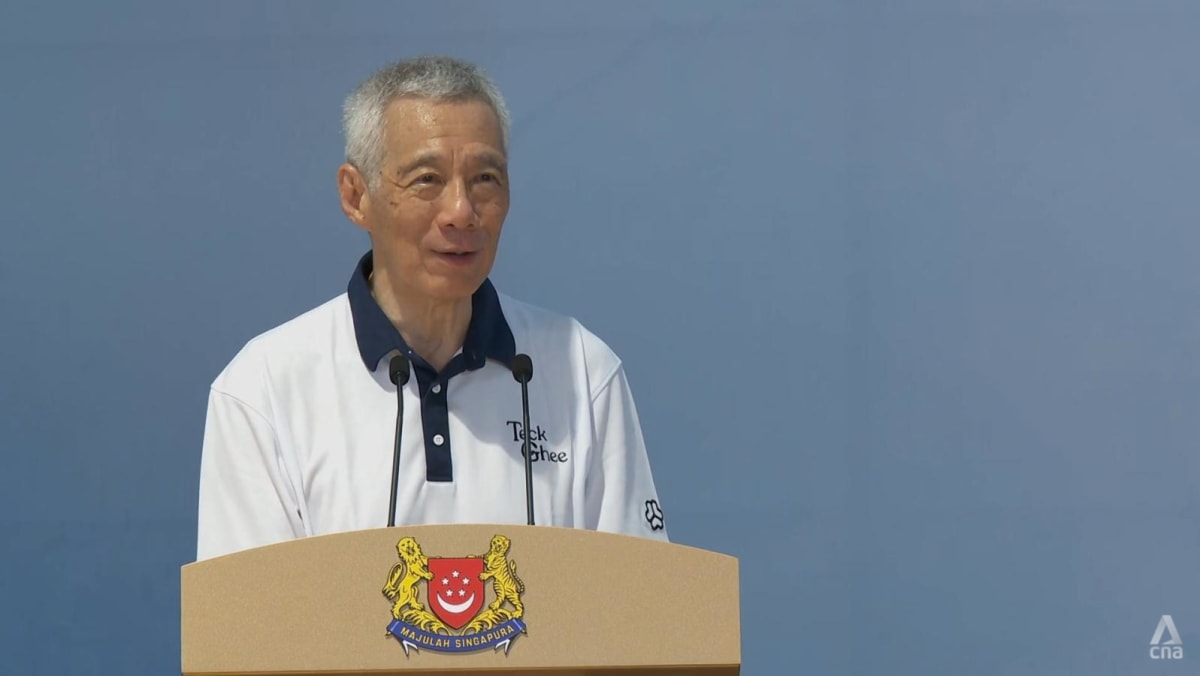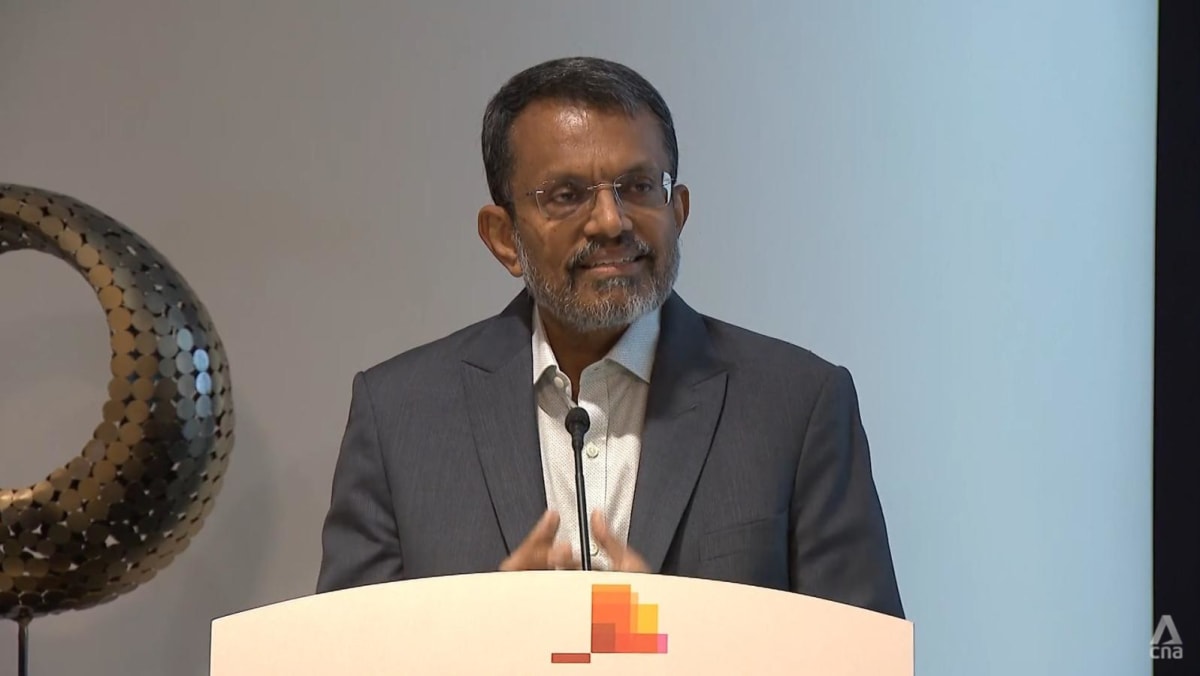Having spent six years in the finance sector, speaking to complete strangers at corporate mixers and professional networking events for her work used to be a frequent occurrence for Ms Jaclene Liew.
A tea break during a trade seminar? She would get ready to start handing out business cards. Or, if it was a meeting over lunch, she would plan what conversation opener to use for potential clients.
Over time, though, Ms Liew began to realise how transactional these meetings were and how they often did not result in anything productive.
Today, the 30-year-old runs a “wine and run” social outfit called the Momentum Running Club, for like-minded people to drink and socialise after exercising together.
Unlike her past networking attempts where she would try to hit a quota of people to meet at every event or name cards to hand out, Ms Liew, who runs her own wine business, now prioritises creating genuine connections.
She organises at least four gatherings a month for Momentum Running Club and spends her time connecting attendees who have similar interests or career goals.
“Every single time after (the sessions), people tell me that they enjoyed it and made new connections. I love that everybody walks away feeling like they’re friends,” she said.
As an intern still in university, I also have had awkward experiences in large media-related trade shows, trying to meet people who might help connect me to potential job openings.
Finding a positive outcome from these massive networking events seemed like a game of chance. And the science of trying to leave a good impression in such a scenario baffles me completely.
However, no matter how dreadful they are, I know that these networking sessions are still part and parcel of professional life.
So, what do I need to learn to become a social butterfly at these mixers? To find out, I spoke to several experts.
NETWORKING IS LIKE PLANTING SEEDS
The first golden advice I got from various career guidance experts was to research the topics and speakers who will be present at the networking session before attending the event.
Not only does this ensure that I have my own talking points ready, it also demonstrates proactivity and genuine interest on my part.
Ms Cindi Wirawan, career coach and founder of Cindiw, which provides career coaching programmes, said: “It’s a common misconception that people network because they need something, like a job or new client.”
Instead, she recommended focusing on how I could provide value, such as sharing relevant insights related to the other person’s industry, connecting people with similar interests (like Ms Liew), or highlighting relevant job opportunities .
She likened networking to planting seeds and tending to a garden, because meaningful connections are cultivated over time.
What most people generally do instead is that they start networking only when they need something. For instance, she has seen how jobseekers – ranging from final-year university students to mid-career professionals – attend networking sessions only when they are looking to be employed.
This approach hinders authentic relationships and reinforces the transactional nature of networking sessions, when it does not have to be that way.
Mr Gerald Tan, projects director at career guidance service provider Avodah People Solutions, agreed that networking is a give-and-take for all parties.
“By offering information and opportunities, you build credibility … When the time comes to ask for help, the law of reciprocity kicks in. Because you have helped someone before, they’ll be inclined to return the favour,” he said.
SIMPLIFY, DON’T RUSH
Okay, so now you’re at the networking session and you see someone who might be open for a chat with a complete stranger. What do you do?
For one thing, the experts I interviewed said that first impressions are key, and it starts with a good personal introduction and an elevator pitch, otherwise known as a short speech to convey a key message or to persuade someone to do something.
Ms Sherrin Lim, training director at Imageworks, a consultancy specialising in personal branding, said one step that is often overlooked is to find a way to make your own name memorable among the crowd of attendees.
“So what makes you stand out? Witty and clever acronyms can help create a lasting impression and make your name easier to recall,” Ms Lim suggested.
Do not rush through the introduction, she said. Instead, I should consciously slow down my talking speed to let the other person process the new information.
Remembering the networking events that I have attended, I thought that this was a useful piece of advice because it really is a challenge to commit a person’s name to memory in such situations. Sometimes, it is hard to hear a person’s name, occupation and title accurately.
Another plus side of slowing down my speech is that it gives me a few extra seconds to compose my nerves and organise my thoughts.














